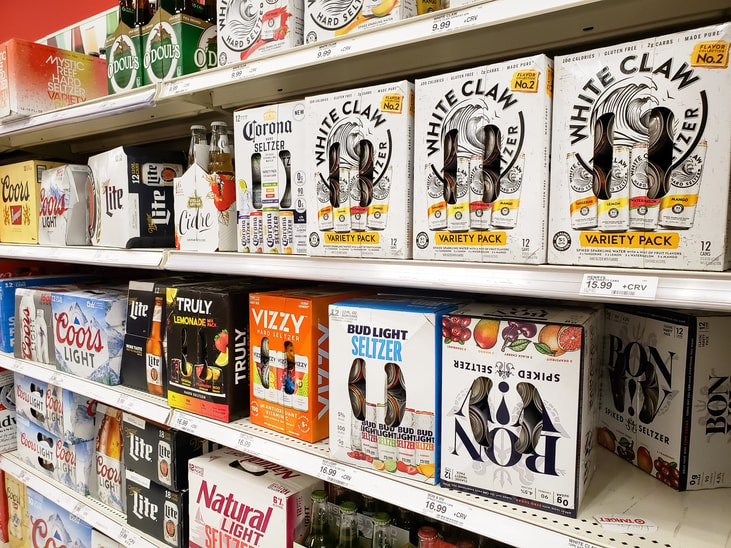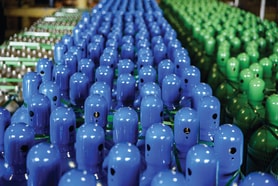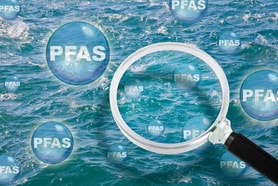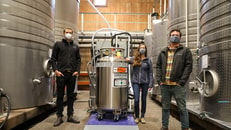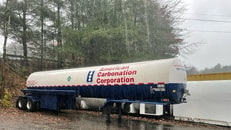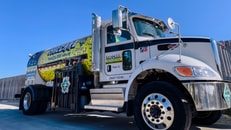Seltzers driving renewed demand
In the developed world markets, such as North America, Europe, and Japan, carbon dioxide (CO2) usage in the food and beverage sector is the largest combined consumption for the commodity. More specifically, these two sectors generally represent around 70% of all merchant usage in the developed economies. In the developing world markets, beverage carbonation represents the single highest demand for the product, often up to 80% of the total merchant market while food can be small in some cases.
The food and beverage sectors are truly sustainable, with new applications being developed and new markets created for the use of CO2 as well. As to applications, beverage carbonation has been well in place for a very long time; however, there is a new surge of usage with the draw toward ever more new seltzer drinks, and craft brewing, with major branded and new / independent labels which continue to appear. For some time, in the mature CO2 markets in the developed countries, CO2 usage was often seen from flat, to a slight amount of growth; and even some decline for old-line beverage carbonation with often little or new product lines being developed. Today, CO2 is used to carbonate a full range of drinks from sports drinks to seltzer products with alcoholic content, to new fruit and specialty flavored carbonated beverages, some fermented, which are found throughout the world. I don’t see an end to the development of new brands, those which can include CBD, so the beverage carbonation market is a growth market, unlike a few years back. Such new usage began with a shift to non-carbonated water and sports drinks, and has expanded from there.
As to the food industry, a wide range of applications continues to grow, as long as supplies of CO2 are reliable, and fully available. As of late, and throughout the year, there have been significant disruptions, allocations, and shortages of CO2 in various markets, including North America and much more severely in Europe and the UK. In the US, and Canada, there were many plant turnarounds in the ammonia, refining, and ethanol sectors, which occurred at extremely inconvenient times. Prices have increased, allocations occurred, surcharges have been placed on deliveries. A shortage of drivers, also contributed to the shortage of product throughout the markets. In Canada, the national rail service experienced problems, such as railcars being stuck near Montreal, and those operators who filled the cars have been sick with Covid, to make things even worse. Some of the product in the eastern provinces is delivered into the US, and this further hampered the capabilities of the US CO2 supply network.
... to continue reading you must be subscribed

